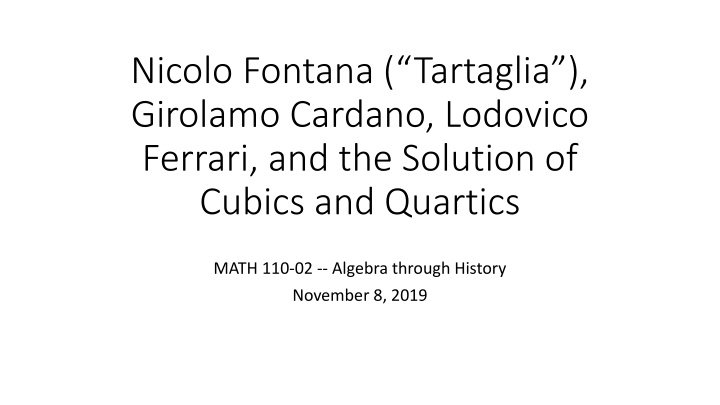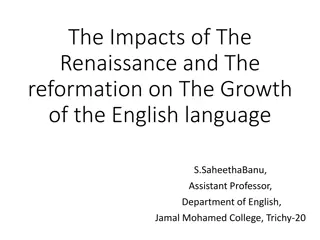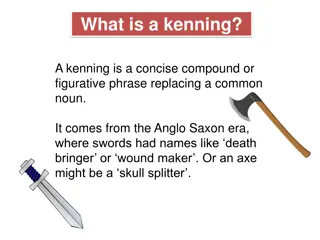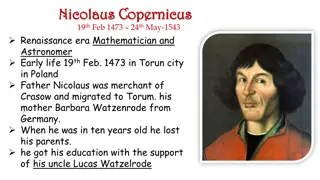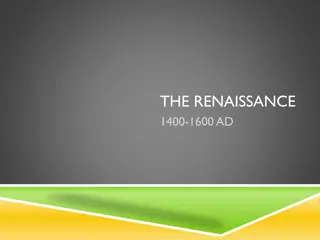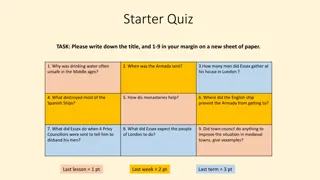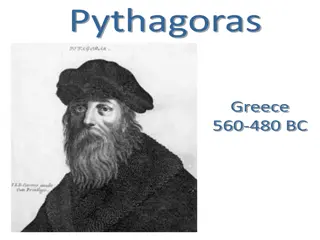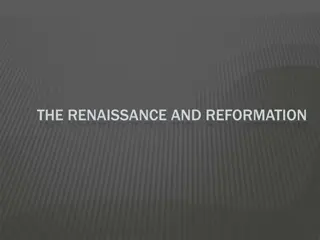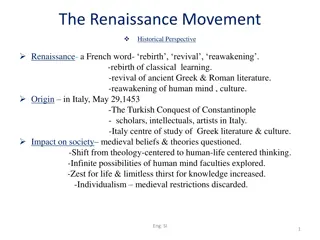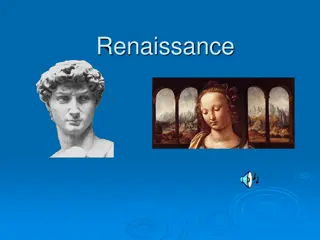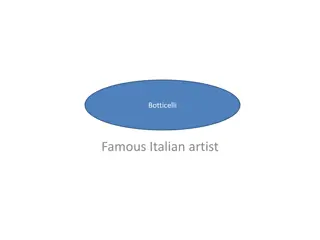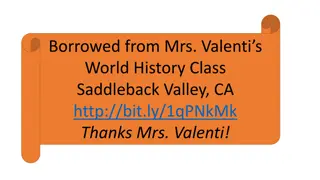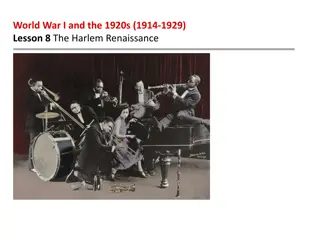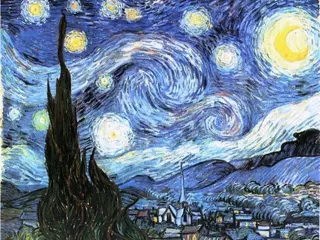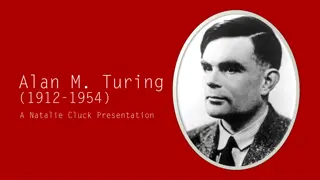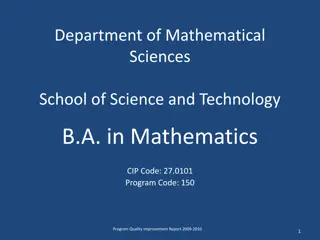The Renaissance Mathematician Nicolo Fontana (Tartaglia): A Tribute to Mathematical Innovations
Nicolo Fontana, also known as Tartaglia, was a significant figure in the Renaissance era, making contributions to mathematics despite facing personal challenges. His works include translations of Euclid and Archimedes into Italian, correcting errors and publishing books on various mathematical topics. Fontana played a key role in solving cubic equations, alongside other Italian mathematicians, showcasing his expertise and dedication to the field.
Download Presentation

Please find below an Image/Link to download the presentation.
The content on the website is provided AS IS for your information and personal use only. It may not be sold, licensed, or shared on other websites without obtaining consent from the author.If you encounter any issues during the download, it is possible that the publisher has removed the file from their server.
You are allowed to download the files provided on this website for personal or commercial use, subject to the condition that they are used lawfully. All files are the property of their respective owners.
The content on the website is provided AS IS for your information and personal use only. It may not be sold, licensed, or shared on other websites without obtaining consent from the author.
E N D
Presentation Transcript
Nicolo Fontana (Tartaglia), Girolamo Cardano, Lodovico Ferrari, and the Solution of Cubics and Quartics MATH 110-02 -- Algebra through History November 8, 2019
Nicolo Fontana Born in 1499 or 1500 in Brescia (in northern Italy) His father (a mail delivery rider) was killed by robbers in 1506 During an attack on his native city by French soldiers in the War of the League of Cambrai in 1512, he took refuge in the city s cathedral with his mother and siblings But breaking into the church, a soldier wounded him severely in the jaw and palate with a saber He recovered, but had a severe speech impediment for the rest of his life as a result acquired the nickname Tartaglia = stammerer
Another Renaissance man He contributed significant advances to mathematics, as we will see, but he was also: A military engineer A land surveyor A bookkeeper Spent most of his life in the Republic of Venice a major Mediterranean power in this period with extensive territories around the Adriatic Sea
Mathematical works He published a translation of Euclid into Italian in 1543 that corrected a number of errors in earlier versions that had been transmitted by way of Arabic He also translated Archimedes into Italian These were the first translations into a modern European language Best-known book was a General Trattato di Numeri e Misure, published in Venice, 1556 1560 Discusses arithmetic, practical applications, etc.
The saga of cubic equations As we have seen, a number of other Italian mathematicians had been interested in extending the methods of Al-Khwarizmi to cubic equations: ??3+ ??2+ ?? + ? = 0 Negative numbers were still not understood or used, though, so for the Renaissance mathematicians, these came in different ``flavors ``cubes and roots equal to numbers: ??3+ ?? = ?, ``cubes and squares equal to numbers: ??3+ ??2= ?, And so forth eight (or even more, in some presentations) different possibilities where all the coefficients are written as positive numbers
Cubic equations First person to solve some of these algebraically was Scipione del Ferro (1465 1526 CE) But he did not reveal his solution There was a certain tradition at this time of algebraic contests and solution techniques for particular types of equations could be valuable knowledge The contests often had associated monetary prizes, Del Ferro, on his deathbed, did finally reveal his method for the ``cubes and roots equal to numbers case to his student Antonio Maria Fior
Enter Tartaglia Tartaglia had also discovered a different method for the cubes and squares equal to numbers case In 1535, Fior challenged him to an ``algebraic duel a cubic-solving contest Each of them was to submit 30 questions for the other one to solve(!) Tartaglia s questions included a number of different types of problems to really test his opponent Fior s problems, on the other hand, were 30 different ``cubes and roots equal to numbers cubic equations to solve
Tartaglia is inspired; Fior is humiliated Fior was confident that only he had the secret for that kind of cubic But Tartaglia was a good enough mathematician that, building on what he already knew, he was able to figure out the method for that other case as well on Feb. 13, 1535 (he recorded the date!) He solved all of Fior s problems in a matter of a couple of hours Fior couldn t make headway on a number of Tartaglia s questions (he wasn t especially insightful or knowledgeable) Tartaglia was satisfied with having discovered something new; he did not even claim the prize for having won the contest(!)
Now Tartaglia wants to keep his secret Tartaglia, probably wanting to keep his method proprietary for use in other contests, never publishes his method At this point, Girolamo Cardano (1501 1576 CE) enters the story! Cardano had become interested in solving cubic equations too and knowing Tartaglia had been successful in his contest with Fior, he contacts Tartaglia to ask him what he had done and ask for permission to include the formulas (with credit to Tartaglia) in a book he planned to publish later Tartaglia refuses!
Cardano is persistent Cardan eventually wheedled the formula out of Tartaglia in 1539 in Milan (Tartaglia had traveled there to meet with Cardano because Cardano promised to introduce him to possible aristocratic patrons) The terms: He agreed not to publish it, and moreover he said He would only write it down in a coded form (from a poem that Tartaglia had composed), so that no one could discover the formula after Cardano s death by reading the papers he left behind
Cardano and Ferrari Cardano had a very able student/assistant named Lodovico Ferrari (1522 1565 CE) Almost as soon as Tartaglia left to return to Venice, Cardano and Ferrari set to work to understand and generalize Tartaglia s method Ferrari eventually used some of the same ideas to solve general quartic equations too In 1543, Cardano learned that Scipione del Ferro had actually solved cubic equations before Tartaglia, so he apparently no longer felt he was bound by the terms of his deal with Tartaglia
The Ars Magna In 1545, Cardano published a very famous and influential book called Artis magnae, sive regulis algebraicis liber unus It contained solutions to cubic and quartic equations, credited del Ferro and Tartaglia properly (they ``dotted the I s and crossed the t s they would not be accused of plagiarism) But Tartaglia was furious that Cardano had not kept the terms of the deal He challenged Cardano and/or Ferrari to another equation-solving contest in 1548
Ferrari takes up the challenge Even though Tartaglia had a lot of experience at these contests by this time, Ferrari understood the algebra (cubic and quartic equations in all cases) better and won this contest hands down Tartaglia apparently never really recovered from this and his reputation fell to the point that he lost jobs, stipends, etc. Died in 1557 Next time, we ll see what Tartaglia and Cardan actually did to solve cubics(!)
Ferraris later life He turned down a request from the Holy Roman Emperor of the time to tutor his son in mathematics Went to work as a tax assessor for the governor of Milan, Ferrando Gonzaga; became extremely rich Took at least some priestly vows after this (evidence: a portrait) Retired to Bologna, where he lived with his widowed sister She poisoned him(!) and he died in 1565 After taking his money, she remarried, whereupon her new husband left her and took all the money(!) leaving her penniless
